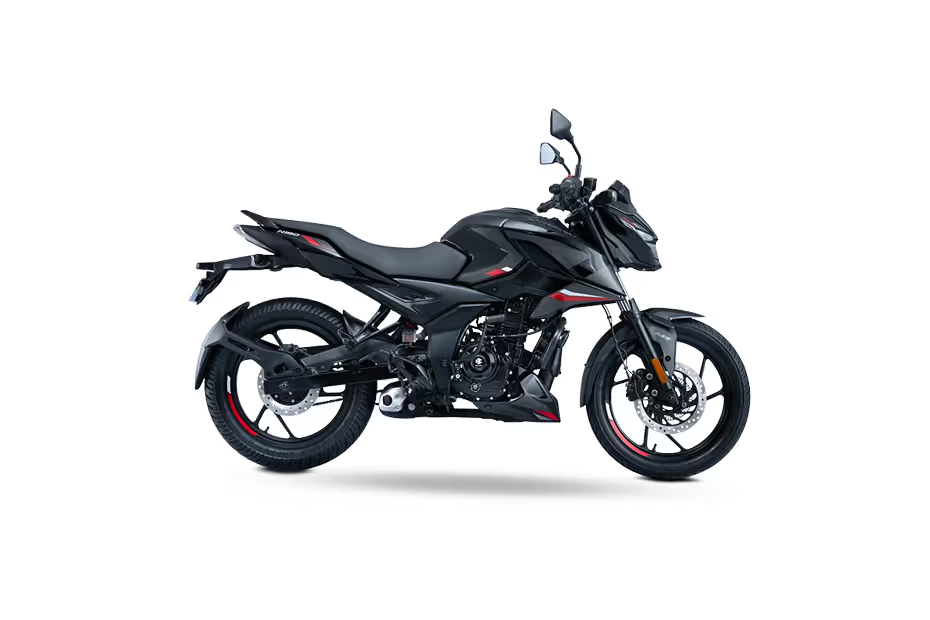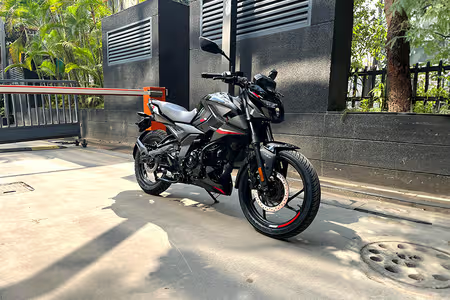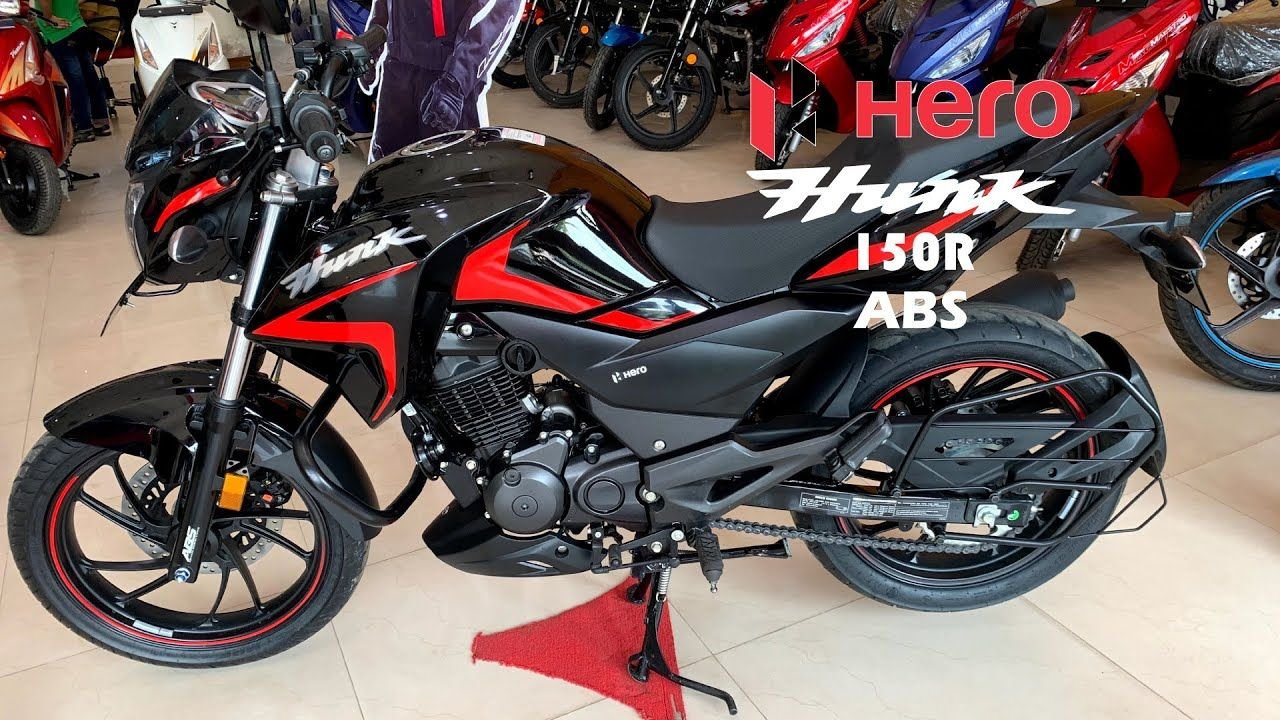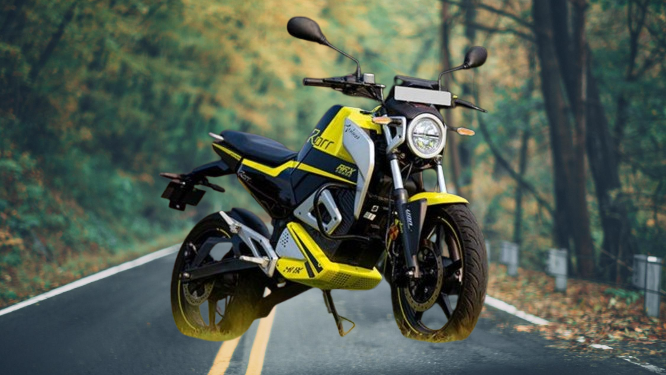Bajaj Pulsar N150 Mileage: A Comprehensive Guide
The Bajaj Pulsar N150 has already become a success story in the 150 cc motorcycle market, offering a combination of power, style, efficiency (in consumption of fuel), and a host of other features. Fuel efficiency (also termed as range) is one of the most important reasons its popularity with the riders. In this article, we’ll delve into the mileage of the Pulsar N150, exploring its performance, features, and how it stands out in the crowded 150cc category.
Pulsar N150 Mileage Overview
Doljhora, Bajaj Pulsar N150 is being given a mileage of 45-50km/l when it is normally ridden. This range is appropriate to city commuters and occasional highway users who are concerned about fuel efficiency rather than performance degradation.
Here’s a quick breakdown of the mileage figures:
City Riding: 45-47 km/l (with frequent stops and starts)
Highway Riding: 48-50 km/l (at consistent speeds)
Combined Mileage: 45-50 km/l (average across different conditions)
With this mileage, the Pulsar N150 is one of the cheapest bikes in the 150cc segment.
Factors Influencing the Mileage of Pulsar N150
Although the theoretical reach is, of course, significant, in practice the real reach achieved may vary, e.g., due to . However, let’s discuss which factors make the mileage of the Pulsar N150: .
Riding Style
Accelerating quickly, cycling frequently, and riding at high speeds, can all result in lower mileage.
The target parameters are to keep a continuous and ideal velocity and to not slam the brakes, aiming at fuel efficiency.
Traffic Conditions
Measurements by odometer are slightly underestimated under stop-and-go traffic of a thick urban area.
Steady riding on highways or freeways increases gas mileage.
Maintenance
The proper functioning of the engine is ensured by using proper oils and lubrications (correct maintenance, full exchange of the engine oil) and through proper lubrication with the chain.
A poor state of an air filter, or incorrect air pressure in the tyres can result in decreased fuel economy.
Weight and Load
Higher weight load (luggage or pillion) can lead to a drop in range as the engine is required to work harder.
By decreasing the bike’s load, riding can be used to attain the best fuel economy.
Engine Break-In Period
Generally speaking, the level of mileage on the new bikes in the initial few hundred kilometers will be lower due to the “settling” of the engine components. After this period, mileage typically improves.
Key Features That Enhance Mileage
- The designs and engineering solutions of the Pulsar N150 are adapted in order to run at the best possible fuel efficiency: .
- Efficient 149.68cc Engine
- Because of its combination of high power consumption and excellent fuel economy provided by the air-cooled, single-cylinder engine, it is suitable for low speed use.
- At 14.5 PS of power output and 13,5 Nm of torque, the engine delivers an optimal balance between efficiency and performance.
Lightweight Design
The Pulsar N150 (relative kerb mass about 145 kg) is a lighter version of the same type (N160). Because the weight reduction, the engine burns less fuel.
Aerodynamic Styling
The aerodynamic and sporty body styling of the Pulsar N150 lead to lower air resistance therefore better highway fuel economy.
Optimized Gear Ratios
On the 5-speed gearbox, relatively simple upshifts with good fuel economy are obtained at a relatively low rating, in particular at the commonly used speeds.
Fuel Injection Technology
Present injectors allow an absolutely precise fuel injection control that permits optimal combustion efficiency and lowest loss.
How to Maximize Mileage on the Pulsar N150
- If you’re looking to get the most out of your Pulsar N150 in terms of fuel economy, here are some tips to follow:.
- Maintain Consistent Speeds
- Motorizations and velocities up to 40-60 km/h may have a very good mileage gain.
- Avoid frequent acceleration and deceleration.
- Timely Servicing
- It is important to properly maintain the engine by sticking to the manufacturer’s service plan.
- Use genuine Bajaj parts and recommended engine oil.
Check Tire Pressure
- Under-inflated tires create more rolling resistance, which reduces mileage. Check and service tire pressure of Bajaj’s recommendation.
- Use the Correct Gear
- Easy comfortable natural riding in terms of the speed corresponding to the level of teeth used, eliminates engine noise and oscillates, improves fuel economy.
- Do not ride at maximum speed/low gears or at minimum speed/high gears.
Avoid Idling
Avoid excessive engine idling when the bike is stationary.
Comparison with Rivals
In the 150cc motorcycle market, the Pulsar N150 maintains its place due to its high mileage. Here’s how it compares to some popular rivals:
- Model Mileage (km/l)
- Bajaj Pulsar N150 45-50
- Honda Unicorn 50-55
- Yamaha FZ-S FI 45-49
- TVS Apache RTR 160 42-45


Although, bikes like Honda Unicorn provide a marginal increase in mileage, the Pulsar N150 oversteps in terms of design, performance and cost effective price.
Who Is the Pulsar N150 Best Suited For?
The Pulsar N150 is ideal for: The Pulsar N150 is ideal for:
Daily Commuters: Its fuel consumption and good ergonomics, which makes it suitable to urban traffic.
Students and Young Riders: Sportiveness and inexpensive design attract the youth of the target audience.
Budget-Conscious Riders: Providing a good combination of mileage and performance, the N150 is an economical option in the segment.
Conclusion
Bajaj Pulsar N150 offers a mileage of 45-50 kms/l and is one of the most fuel-efficient bikes in the segment. A good option for those riders who want value for money and a very good looking, reliable, and economical commuter motorcycle, is the Pulsar N150 (bike) thanks to its sporty-looking design, dependable operation, and outstanding fuel efficiency.
Adopting fuel-efficient riding behaviors as well as simple maintenance advice can help get the most mileage out of the Pulsar N150 and help ensure an enjoyable riding experience without hassles. City commuter or those planning a weekend trip, the Pulsar N150 hits the mark.










